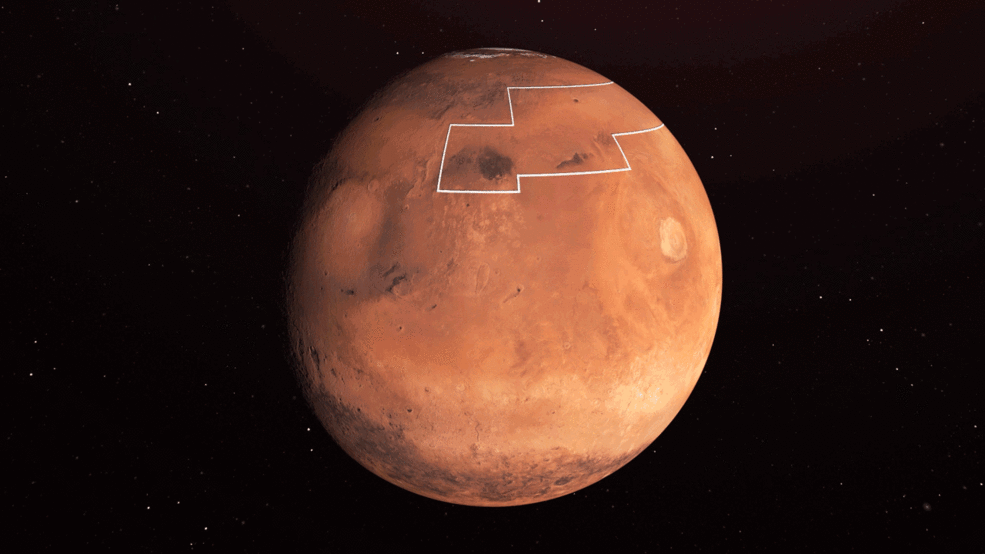Are you the one?
THE FIRST human to live for over 1,000 years is probably already alive according to Dr Aubrey de Grey, a British scientist who is working to stop human ageing.


The world’s first self-sufficient sea vessel, Energy Observer, is due to leave her home port of Saint-Malo in Brittany, France, over the next few days on the first leg of a global voyage to test and promote renewable energy technologies.
This isn’t just any yacht though, it uses nothing but renewable energy sources to run. Specifically, it produces hydrogen from seawater with zero CO2 emissions and zero fine particles.


As coronavirus outbreaks have become more threatening outside China in recent days, attention has turned to the likely damage to global output and to the possible reaction of macroeconomic policymakers. This has become urgent with the catastrophic decline in China’s PMI business surveys yesterday. The question now is whether a global recession can be avoided.
The global economy faces a demand shock focused on services and consumer spending.



More than 2000 Australian suffering from advanced melanoma will soon receive financial relief with an expansion of treatments on the Pharmaceutical Benefits Scheme, federal Health Minister Greg Hunt says.
From March 1 the PBS listed Opdivo (nivolumab) will be expanded, assisting 1500 patients who might otherwise pay more than $100,000 per course of treatment without the PBS subsidy.
“Opdivo is a breakthrough immunotherapy which works by blocking proteins and helping the body’s own immune system to find, attack and destroy cancer cells,” Mr Hunt said in a statement on Sunday.


The Dutch shipbuilder Royal Huisman used an engineering process developed by the European Space Agency (ESA) for space missions in the design of the superyacht Sea Eagle II — expected to become the largest aluminum sailing yacht in the world upon delivery to its owner this Spring.
Engineering design used by the European Space Agency was used to create the largest aluminum superyacht.

Scientists think if there is life on Mars it’s likely to be hidden in deep underground caves.
This theory is supported by NASA experts and the U.S. space agency will be sending a new rover to the red planet this summer.
According to Space.com, NASA Jet Propulsion Laboratory research scientist Vlada Stamenković explained the Martian underground life theory at a recent space event.
